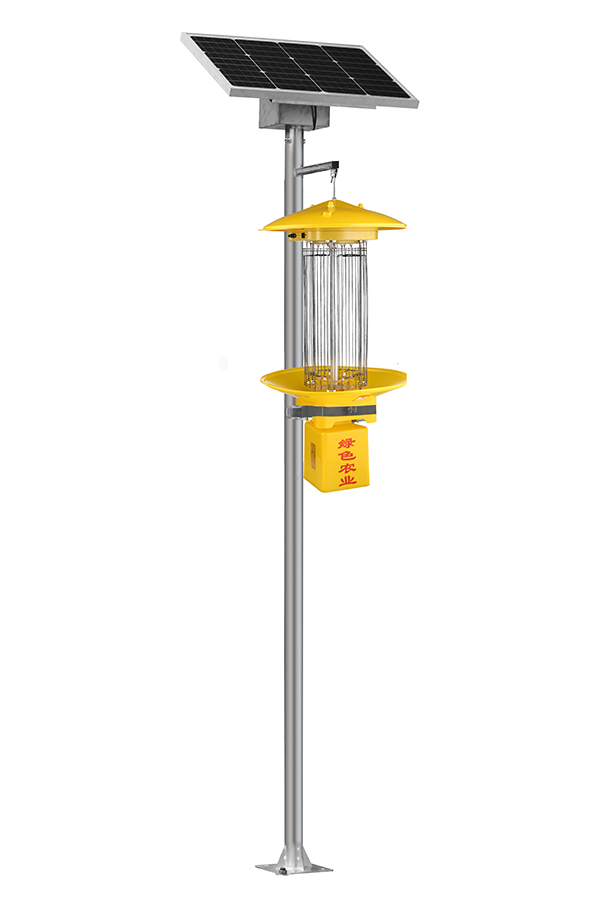Possible cause 1: The short circuit causes a large instantaneous current, and then generates a lot of heat and burns.
Analysis: The air switch is installed at the front end of the insecticidal lamp line. When the current value is greater than a certain value, the air switch will be disconnected. If the power cord burns, a short circuit will occur and the current value will be greater than the air switch can handle. According to on-site personnel, the air switch was not disconnected.
Result: Elimination of burns caused by short circuits.
Possible cause 2: The overload of the line causes the line to heat up and burn for a long time.
Analysis: The power of the insecticidal lamp is less than 35W, and the current value is less than 0.2A. The customer has three insecticidal lamps per line, and the total current value is less than 0.6A. The wire used by the customer is 4mm2. The maximum current is 32A, and three insecticidal lamps are used. The current value is much smaller than the value the line can withstand.
Result: Fire caused by line overload is ruled out.
Possible cause 3: Combustion caused by the failure of the circuit board itself.
Analysis 1: Random intermittent machine intermittent drip test. During the power-on process, dripping water can cause some parts to short-circuit and damage some parts, but it will not cause a fire. When the short-circuit current reaches a certain value, the fuse is blown, and the circuit board is powered off without further damage.
Analysis 2: After the component itself is damaged for some reason, the possibility of short-term combustion is very small, but because it is too far away from the combustible material, it is not enough to ignite other objects before the fuse blows.
Result: The combustion performance caused by the failure of the circuit board itself is very small.
Possible reason 4: The high pressure causes the insects to burn, and then ignites the insecticidal lamp shell, causing the entire lamp to burn
Analysis 1: Place the soaked strip of paper horizontally between the inner and outer nets of the insecticidal lamp. After a short period of ionization, the strips dry slowly and the strips burn slowly. In many tests, it was found that there is a certain chance of causing a real open flame to burn.
Analysis 2: It takes a certain time and temperature to ignite the insecticidal lamp shell. In the experiment, when the paper strip burned and landed on the housing, the insecticidal lamp housing did not ignite during the rapid burning of the paper strip.
Analysis 3: In the solar insecticidal lamp without the insect body, it is ignited from the lower part of the insecticidal lamp, and the burning flame fails to ignite the upper part of the insecticidal lamp. After burning for a while, the insecticidal lamp stops working due to light control. .
Analysis 4: Insects contain fat and other oily substances, the unburned parts of the electrocuted insects contain oily substances, and the unburned parts of burning insects still contain oily substances, when the insecticidal lamp bag is not cleaned for a long time, the insects may completely cover the insecticidal lamp, When the burning insect falls, the burning is easy to increase, the flame height increases after burning, and the possibility of burning is greatly increased.
Result: When a large number of insects accumulate inside the insecticidal lamp, there is little chance of burning the insects and further igniting the whole lamp (a large number of insects cannot be simulated, the conclusion is based on the results of guesswork from various experiments)
Comprehensive analysis results: In the absence of human and unpredictable factors (both of which cannot be analyzed), the insects are most likely to burn close to the high-voltage network due to their large size.
Suggestion: In the summer when insects are active, the insect bodies in the insect bag should be cleaned regularly to avoid too many insect bodies exceeding the accommodation limit of the insect bag.


 English
English 中文简体
中文简体











 ATTN: Crystal
ATTN: Crystal ATTN: Mila
ATTN: Mila

